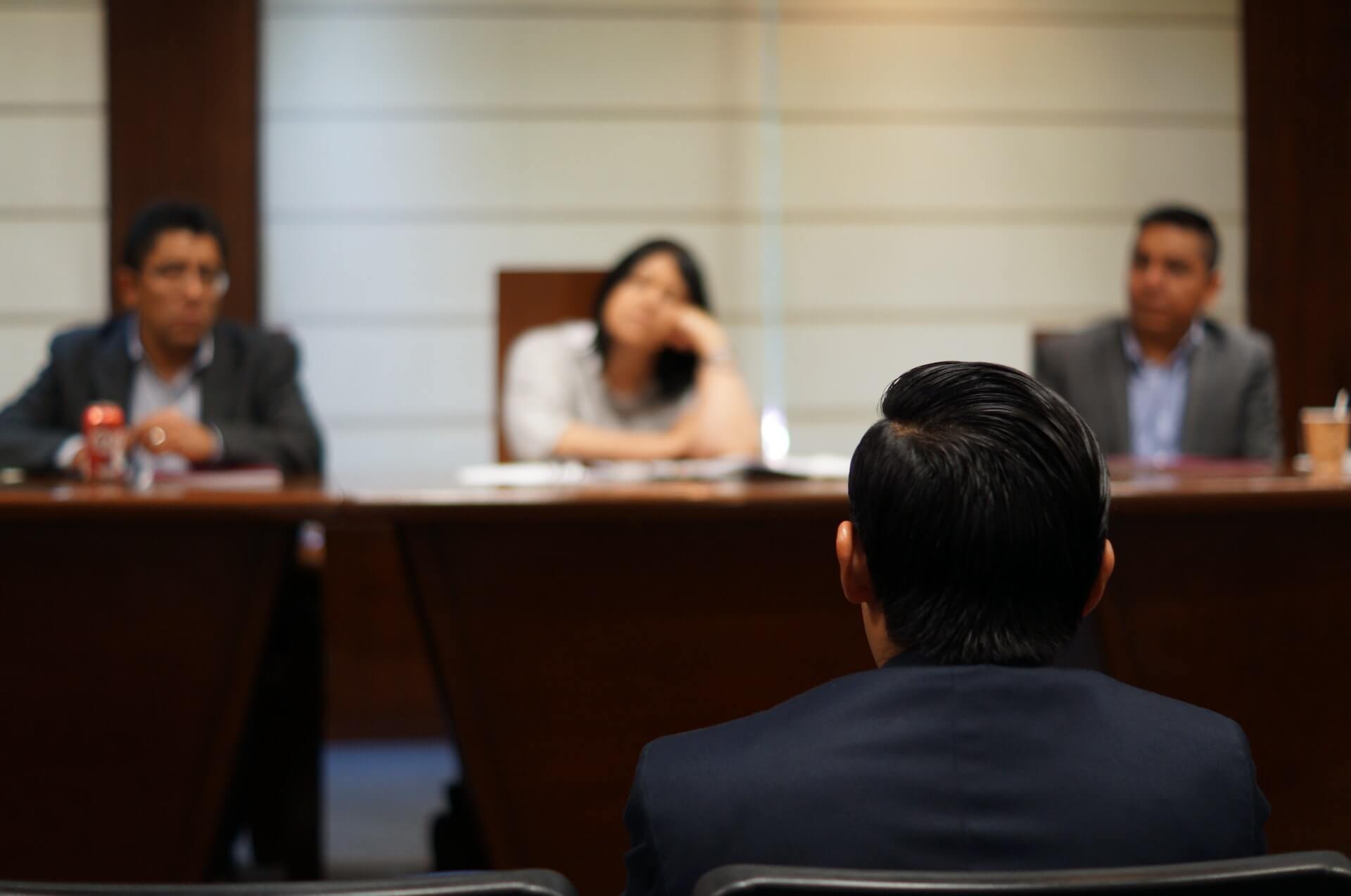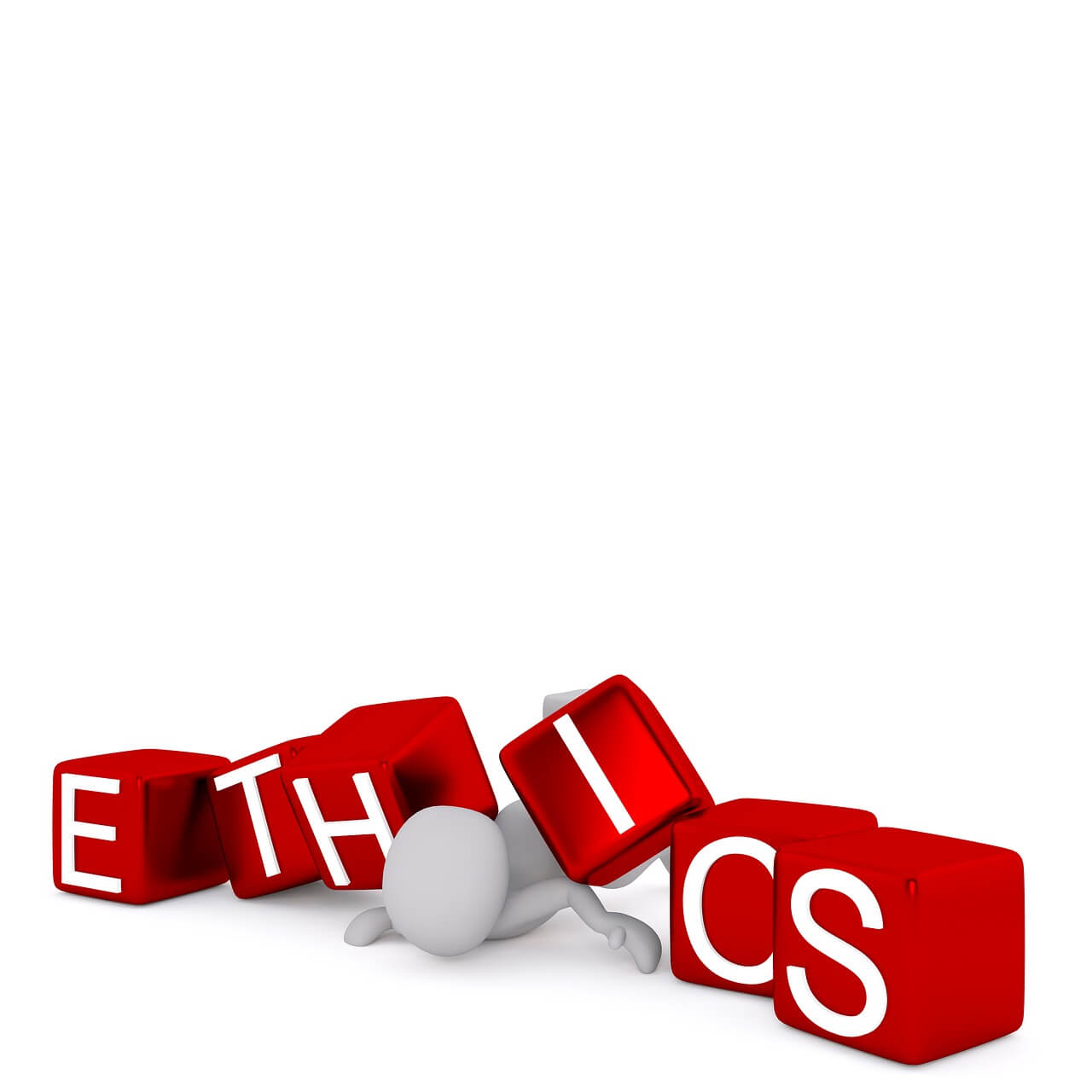Which of the following statements about a jury, civil or criminal, are true?
- Prospective jury members never lie regarding their advance bias about a case.
- Jury members are always truly “peers” of the defendant.
- Jury members never talk about a case outside of jury deliberations, or read and watch TV about a case when sequestered, once directed not to do so by a judge.
If your answer is “none of the above,” you begin to appreciate the potential value of crisis/issues management for the purpose of educating a jury pool. Now, I am aware, though not an attorney, that members of the bar are not allowed to influence a jury. Ed Novak, a partner at the Phoenix-based law firm, Polsinelli Shugart, bridges the gap between influencing and educating.
“While it is unethical to attempt to influence prospective jurors, there is nothing unethical or unprofessional about having an accurate picture of your client presented to the media and other audiences,” said Novak.
A jury consultant is typically not called in until there is some high certainty that a case will, in fact, go to trial. By then, if the case in question has been highly visible in the press, it may well be too late to educate a jury pool “contaminated” by the media’s interpretation of events.
Any honest reporter (yes, there are honest reporters who might even acknowledge there are honest attorneys) will admit that he or she brings a natural bias and an institutional editorial perspective to a story. Journalists will do their best, in that context, to report in a “balanced manner,” with the exception of columnists, who are often free to say pretty much what they please and not worry about “balance.” These media representatives are a gateway through which both plaintiff/prosecutor and defendant can communicate not only to the publics thought of most often – business contacts, community VIPs, etc. – but also to potential jury members. It is the responsibility of counsel, with expert assistance as necessary, to direct media relations that can shift the balance of coverage.
“If we say something to the media, we realize we may be talking to future jury members as well, and if we don’t say something, we’re telling those jury members ‘we don’t care enough about you to keep you informed.’ When we get to court, they’ll remember that,” said Novak.
And, he notes, his firm has realized that the same analysis done by crisis management professionals to anticipate multi-audience response to various public relations tactics also helps them anticipate jury response.
“I’ve had a crisis consultant sit in on practice sessions for depositions, resulting in a change in the client’s choice of words,” he said. In that circumstance, the crisis consultant was actually hired as a jury consultant under the law firm’s umbrella of confidentiality.
What tactics can be used for this public education process? They include, but are not limited to:
- The use of spokespersons trained to deliver key messages to the media and other audiences.
- Educating employees of defendant or plaintiff’s companies about what to say or not to say about the situation at hand when they’re back home, out in the community which will eventually be the source of jurors.
- Advertorials — buying print space or broadcast time in which one puts news-like stories about your client organization that are designed to help balance any misinformation which may already be in the public eye. This tactic is usually only employed if the media has consistently mis-reported the facts.
- Launching blogs and websites.
The battle for the hearts, minds and votes of jury members does not begin in the courtroom. In my experience, advance communication begins immediately after a legal situation hits the media. It can work together with legal tactics to (a) preclude a case ever going to trial (assuming that’s a desired outcome for either side of the issue) or (b) affect public perception sufficiently to enhance either side’s chance of a favorable outcome in court.
——————————-
For more resources, see the Free Management Library topic: Crisis Management
——————————-
[Jonathan Bernstein is president of Bernstein Crisis Management, Inc. and author of Keeping the Wolves at Bay – Media Training.]









 Goldman Sachs Chairman and CEO Lloyd Blankfein said the firm will always put clients first.
Goldman Sachs Chairman and CEO Lloyd Blankfein said the firm will always put clients first.

